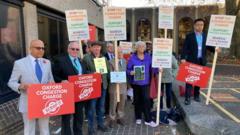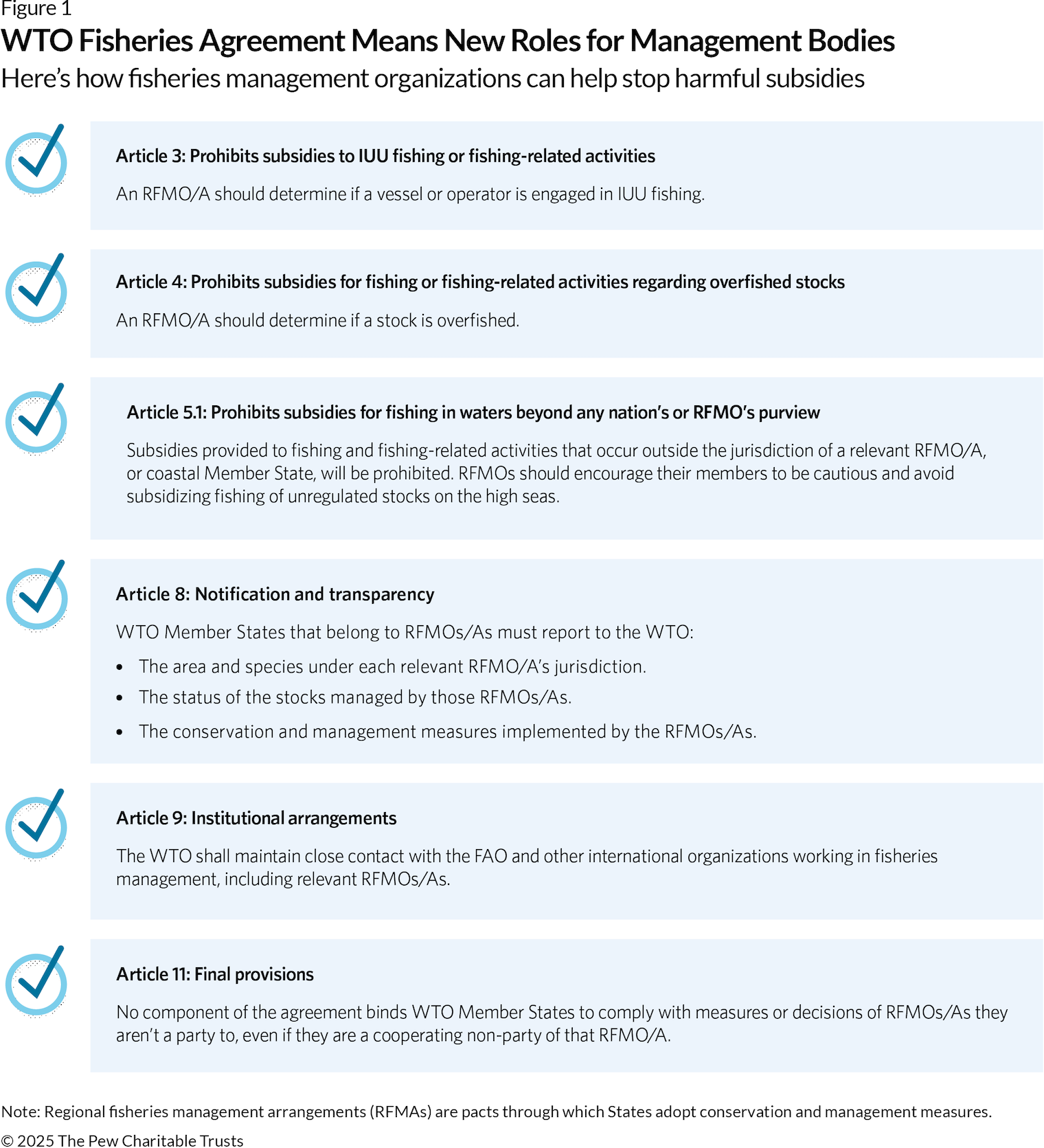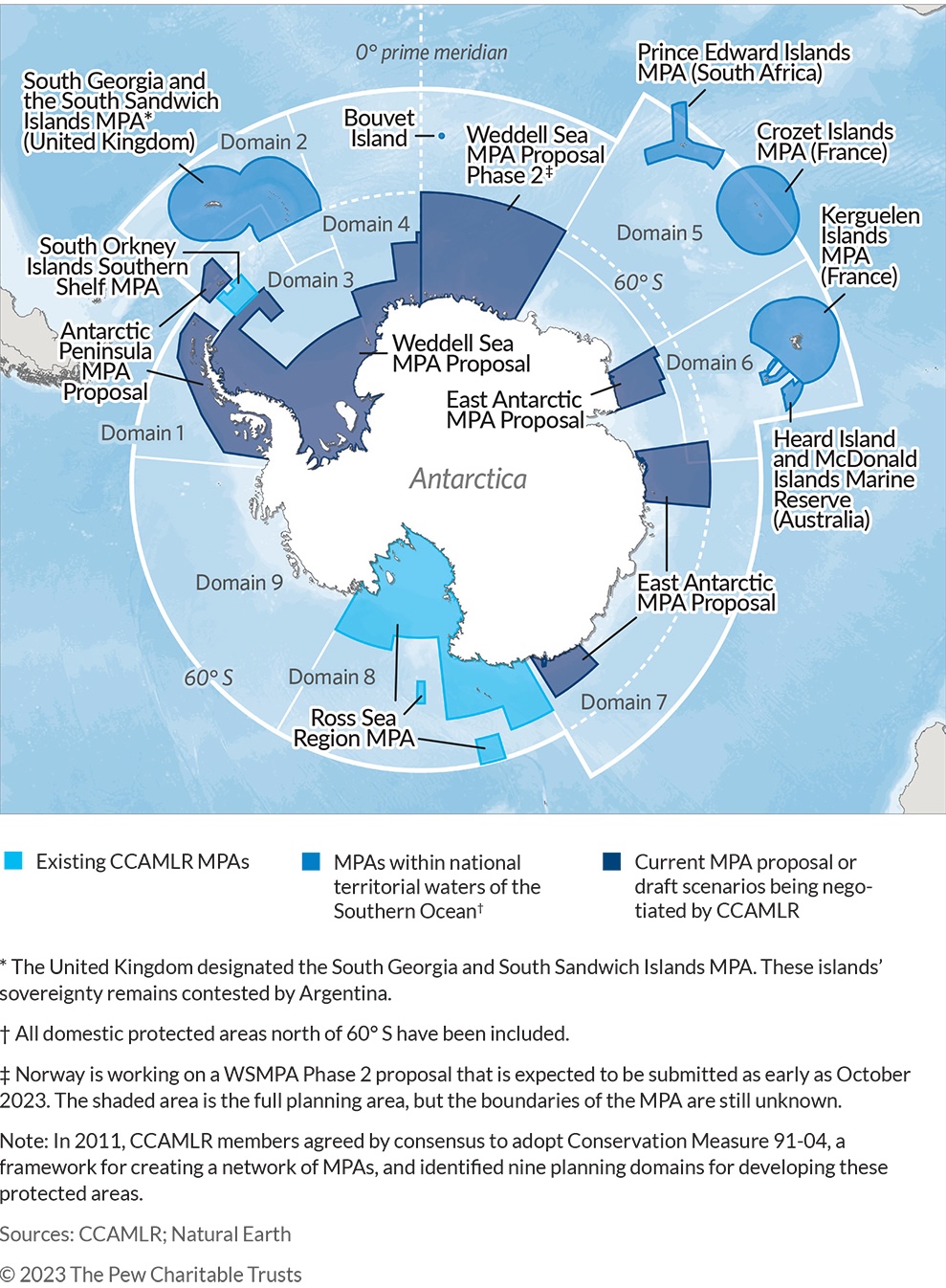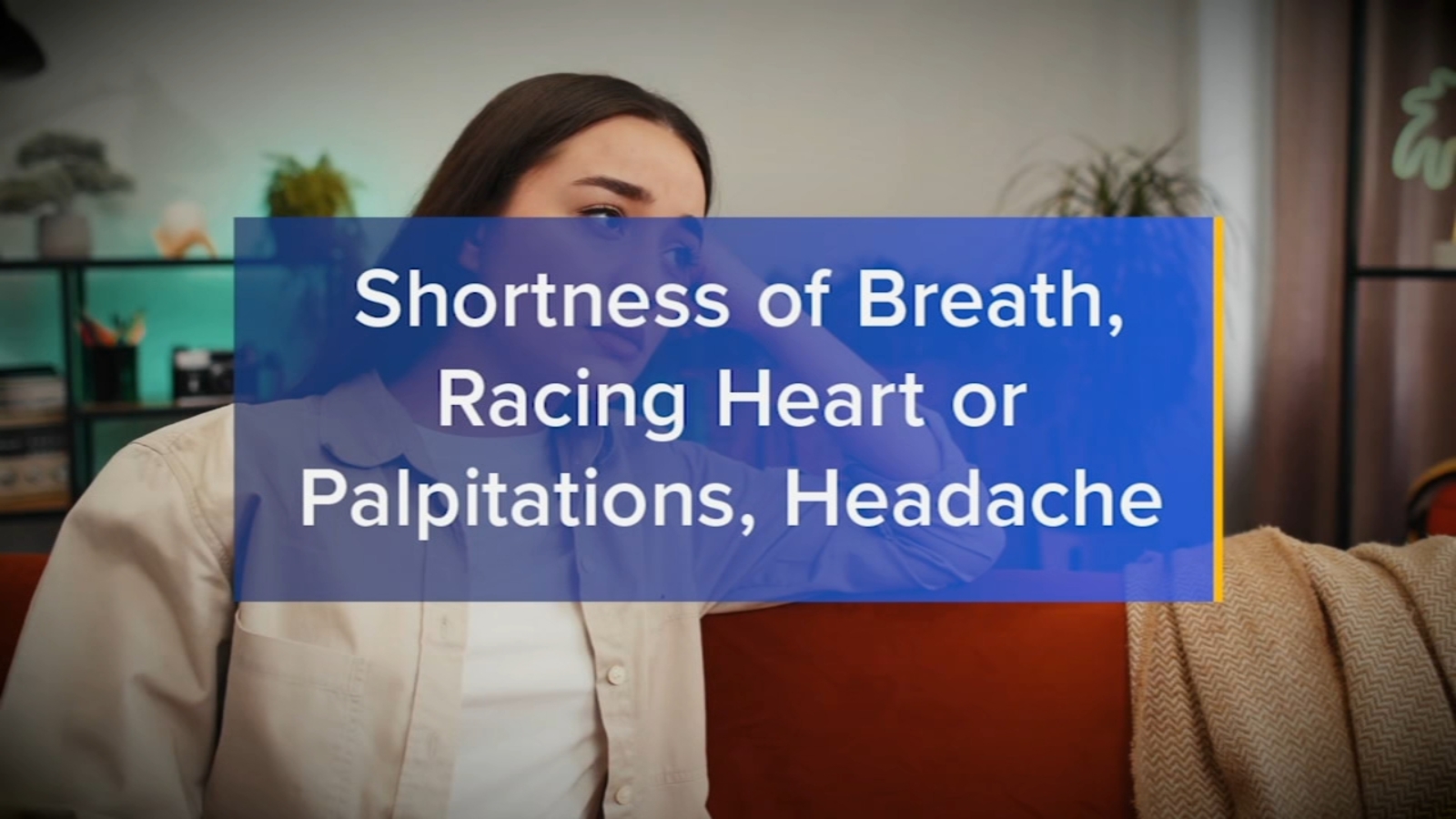Urban Transportation Commission calls on city to narrow traffic lanes – Austin Monitor

Report on the Urban Transportation Commission’s Resolution for Narrower Traffic Lanes in Austin
Executive Summary
On July 1, the Urban Transportation Commission unanimously passed a resolution recommending the City of Austin adopt narrower standards for traffic lanes. This proposal is grounded in safety research and aligns with several key United Nations Sustainable Development Goals (SDGs), particularly those focused on public health, sustainable infrastructure, and safe cities.
Proposed Revisions to Lane Width Standards
The resolution seeks to amend the city’s Transportation Criteria Manual for Level 3 and Level 4 thoroughfares. The proposed changes aim to align Austin with national best practices promoted by the National Association of City Transportation Officials (NACTO).
- Current Standard: Traffic lanes are between 11 and 12.5 feet wide.
- Proposed Standard:
- Standard lanes to be reduced to 10 feet.
- “Constrained” lanes to be reduced to 9 feet.
- Lanes with significant bus or truck traffic to be a maximum of 11 feet.
Rationale and Alignment with Sustainable Development Goals (SDGs)
The primary justification for this recommendation is the enhancement of public safety, supported by empirical evidence. A 2023 Johns Hopkins study found that 12-foot lanes are associated with higher crash rates due to increased vehicle speeds. Conversely, lanes between 9 and 10 feet were found to be safer. This initiative directly supports the achievement of critical global sustainability targets.
Contribution to Global Sustainability Objectives
- SDG 3: Good Health and Well-being: By reducing lane widths to lower vehicle speeds and decrease the likelihood of collisions, the proposal directly addresses SDG Target 3.6, which aims to halve the number of global deaths and injuries from road traffic accidents. Safer streets also encourage active transport like walking and cycling, promoting healthier lifestyles.
- SDG 11: Sustainable Cities and Communities: The resolution is a core component of achieving SDG Target 11.2, which focuses on providing access to safe, affordable, and sustainable transport systems for all by improving road safety. This infrastructure change fosters more inclusive, safe, and resilient urban environments by prioritizing human safety over vehicle throughput.
- SDG 9: Industry, Innovation, and Infrastructure: This proposal represents an innovation in urban infrastructure management. By adopting evidence-based standards, the city can build more resilient, sustainable, and efficient transportation networks that protect its citizens.
Implementation and Outlook
The commission’s resolution is a non-binding recommendation to the city government. Should the city adopt these changes, the transformation of Austin’s streetscape would be a gradual process. Implementation would occur over several years through scheduled projects.
- Road diets
- Routine re-paving and re-painting operations
- Targeted small infrastructure projects
The adoption of this proposal remains contingent on further consideration by the city government.
SDGs Addressed in the Article
- SDG 3: Good Health and Well-being – The article’s central theme is improving road safety to reduce crashes, which directly relates to preventing injuries and deaths, a key aspect of public health.
- SDG 11: Sustainable Cities and Communities – The discussion focuses on modifying urban infrastructure (roads) to create safer and more sustainable transportation systems within the city of Austin.
Specific SDG Targets Identified
SDG 3: Good Health and Well-being
- Target 3.6: By 2030, halve the number of global deaths and injuries from road traffic accidents.
The article directly addresses this target by promoting a measure aimed at reducing road accidents. The proposal to narrow traffic lanes is justified with a 2023 Johns Hopkins study which found that wider lanes (12 feet) “were associated with higher rates of crashes,” while narrower lanes were safer. The commission’s goal is to “make Austin’s streets safer,” aligning with the objective of reducing traffic-related injuries.
SDG 11: Sustainable Cities and Communities
- Target 11.2: By 2030, provide access to safe, affordable, accessible and sustainable transport systems for all, improving road safety…
The article details a specific policy recommendation to improve the safety of the urban transport system. The resolution to adopt narrower lane standards is a direct attempt to re-engineer city streets for safety. The article also notes that the new standards would still allow for an 11-foot limit for “lanes used extensively by trucks, buses or other larger vehicles,” showing consideration for the needs of public transportation as part of creating a sustainable transport system.
Indicators for Measuring Progress
For Target 3.6
- Rate of road traffic crashes: The article explicitly mentions that the Johns Hopkins study found that 12-foot lanes “were associated with higher rates of crashes.” This implies that the number or rate of crashes is a key indicator used to evaluate the safety of road design. A reduction in this rate would indicate progress.
- Vehicle speed: The article implies speed is a critical factor. It quotes a commissioner stating that with 12-foot lanes, “you start having very high speeds.” The underlying assumption is that narrower lanes will reduce speeds, thus making them safer. Therefore, measuring average vehicle speeds on these roads would be an indicator of the policy’s effectiveness.
For Target 11.2
- Standard width of traffic lanes: This is a direct, measurable indicator mentioned throughout the article. The current standard is “between 11 and 12.5 feet.” The proposed new standard is “10 feet for standard and 9 feet for ‘constrained’ lanes.” The implementation of this change in the city’s Transportation Criteria Manual would be a direct measure of progress towards creating safer road infrastructure.
Summary of SDGs, Targets, and Indicators
| SDGs | Targets | Indicators |
|---|---|---|
| SDG 3: Good Health and Well-being | Target 3.6: Halve the number of global deaths and injuries from road traffic accidents. |
|
| SDG 11: Sustainable Cities and Communities | Target 11.2: Provide access to safe, affordable, accessible and sustainable transport systems for all, improving road safety. |
|
Source: austinmonitor.com

What is Your Reaction?
 Like
0
Like
0
 Dislike
0
Dislike
0
 Love
0
Love
0
 Funny
0
Funny
0
 Angry
0
Angry
0
 Sad
0
Sad
0
 Wow
0
Wow
0














































.jpg?h=50da7ea4&itok=DTgFLdpn#)





























